
(Reading time: 3 minutes)
If someone were to answer the question “What does the flag of Japan look like?” with “a red circle in a white rectangle,” not all Japanese people would necessarily agree, although they probably wouldn’t say so out of politeness, perhaps just subtly hint at it.
If we look at the image of the Japanese flag below, it’s quite obvious…

…that it’s a crimson circle on a white field. A detail, not always 100% adhered to, but what would fun with flags be without such interesting facts? The crimson color symbolizes deep passion and sincerity, while the white represents purity, innocence and honesty.
The crimson circle also has its own name – Hinomaru, which means the circle of the sun. The flag itself is called Nisshoki – the flag of the sun. From a country whose name is translated as “land of the rising sun,” I wouldn’t expect anything else, especially since the Japanese emperor himself is supposed to be a direct descendant of the sun goddess Amaterasu.
There are rules for the dimensions of the flag as well. The ratio of height to width is exactly 2:3, and the Hinomaru is always centered, with its size determined as 3/5 of the flag’s height.
However, the Japanese flag didn’t always look like this. Many of you will surely remember the version with sun rays from the times of Japanese imperial expansionism.
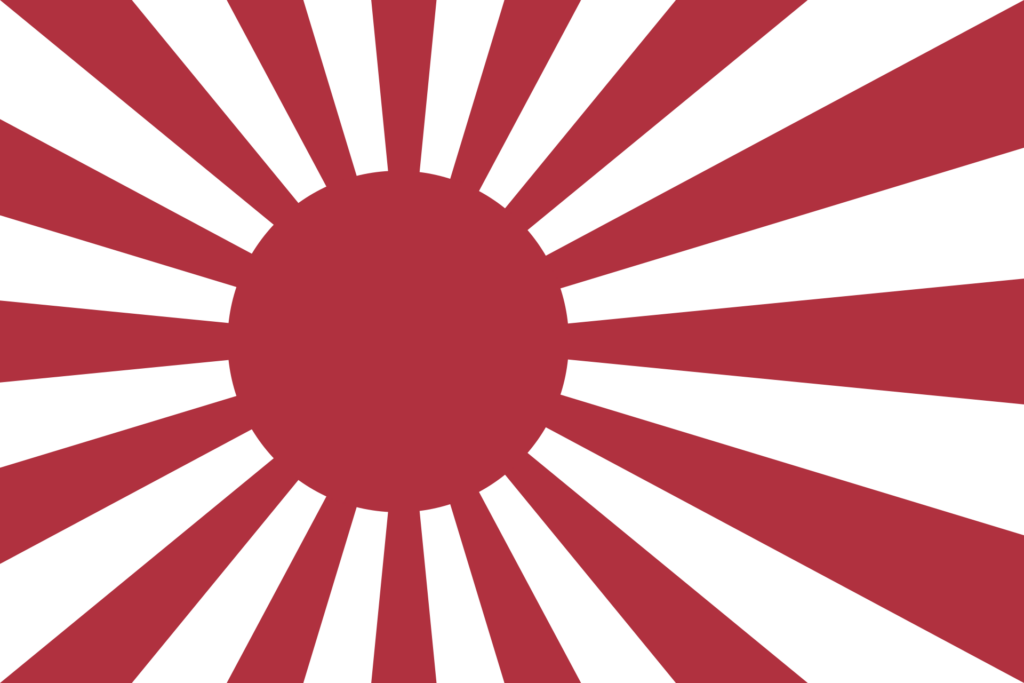

In fact, these were the flags of the Imperial Japanese Navy and the Japanese Imperial Army (with a centered sun), which was precisely what other states associated with Japan between 1870 and 1945.
Due to defeat in World War II, Japan could not use its flag for 7 years. Until 1952, they used on ships this version below as their merchant flag. It was derived from the maritime flag alphabet.

Later, they returned to their “original” flag from 1870 (aspect ratio 7:10).

As the very first time, it was used by the Tokugawa shoguns, but it became the national flag in 1870 (later in 1999, it was specified that the correct aspect ratio is 2:3, historically there were two regulations, one for merchant flags with an aspect ratio of 7:10, the other for naval flags with an aspect ratio of 2:3, and in 1999, they determined which one applies).
The period after 1542 was amusing. The first European (Portuguese) ship landed on Japanese shores. Traders and missionaries from the Netherlands, Spain and England followed. Concerns about the growing influence of Western naval powers on the Japanese islands prompted the Tokugawa shogunate to make a pragmatic decision – to isolate itself from the outside world (although trade with the Dutch continued, unlike other states, they did not push so hard for the spread of Christianity, so why not let them sail to the ports, “the spice must flow” does not apply only on Dune). During the subsequent more than 200-year period, the Japanese used the following flag.
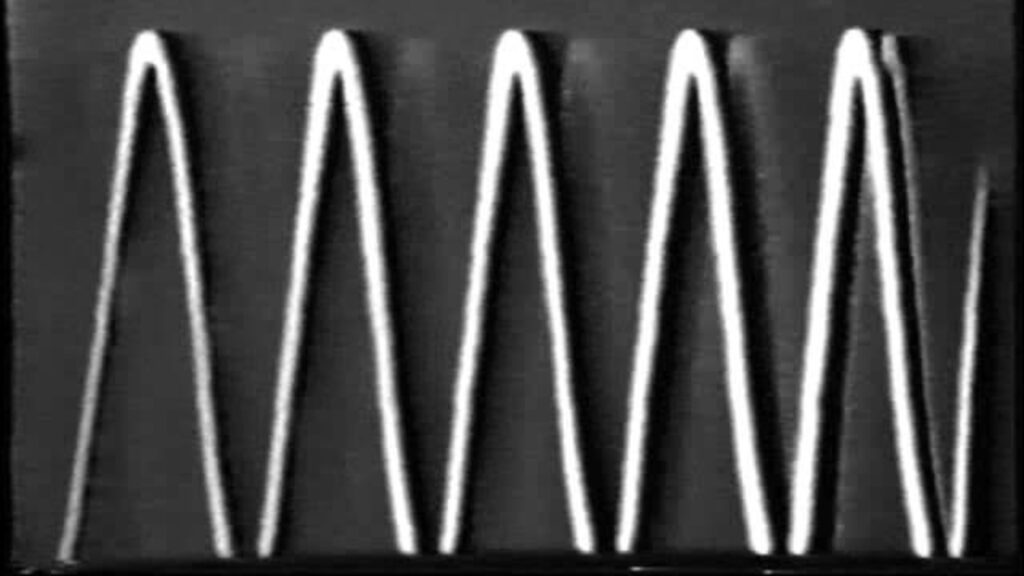
There’s nothing wrong with your receiver; during the isolation period from the outside world, Japan didn’t need any flag, so it simply didn’t have one.
And the last trip back in time goes to 701 AD when Emperor Monmu used the first flag with a sun motif at his imperial court, according to the Japanese historical text Shoku Nihongi.
Today, almost everyone in Japan has their own flag.
The metropolitan city of Tokyo, the Hokkaido administrative district, two municipal prefectures Kyoto and Osaka.
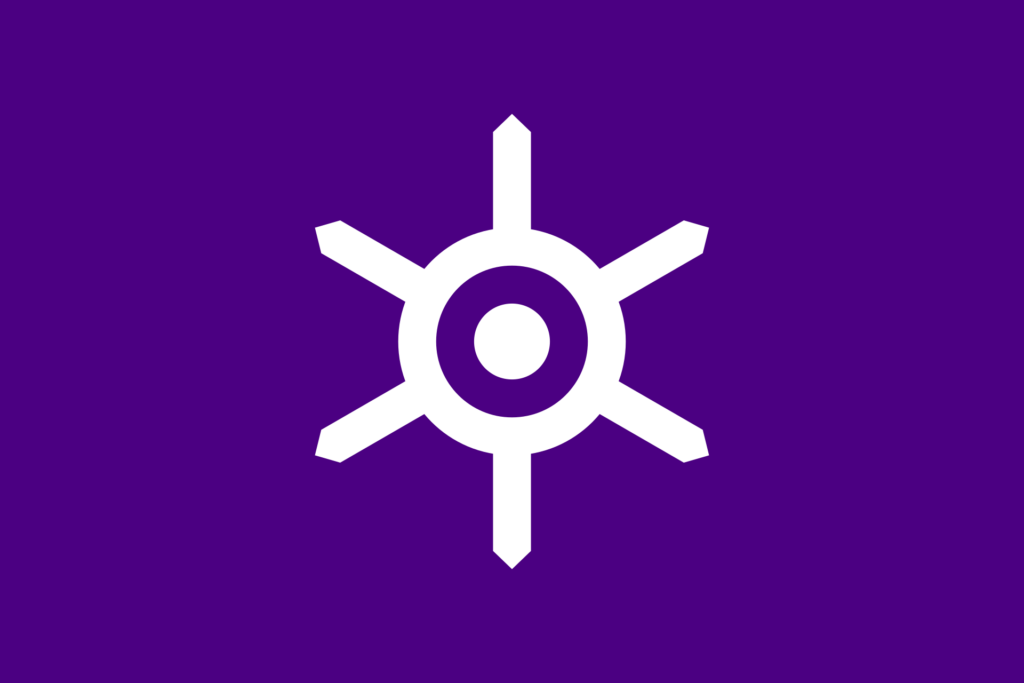

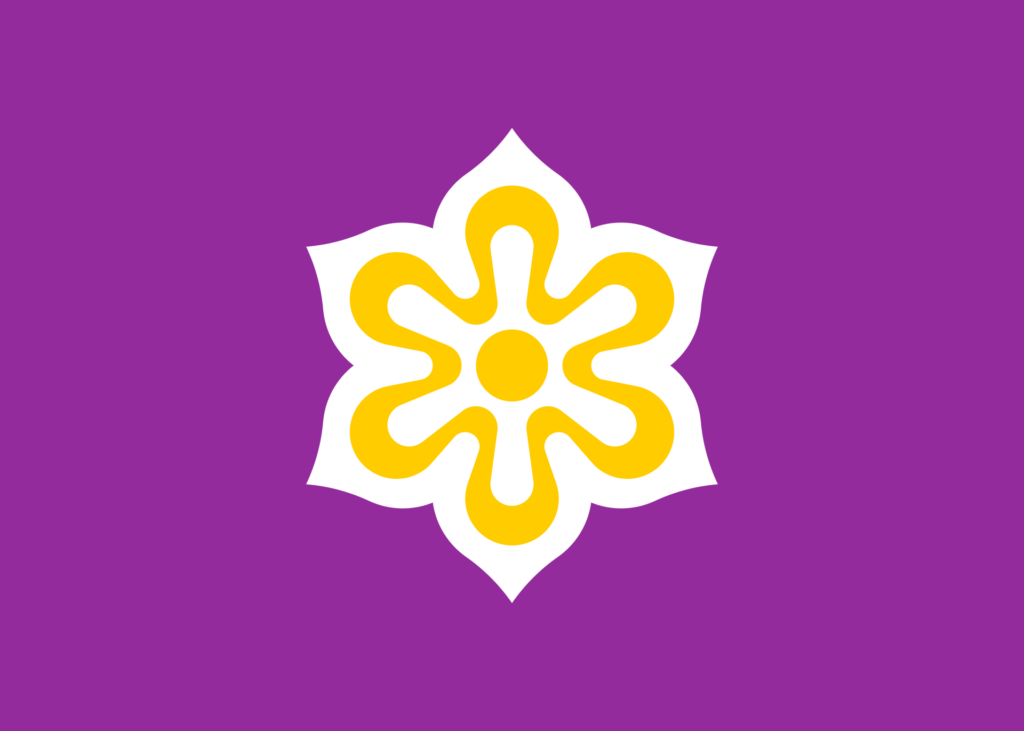

Plus, there are 43 ken prefectures (for a total of 47 Japanese administrative units).
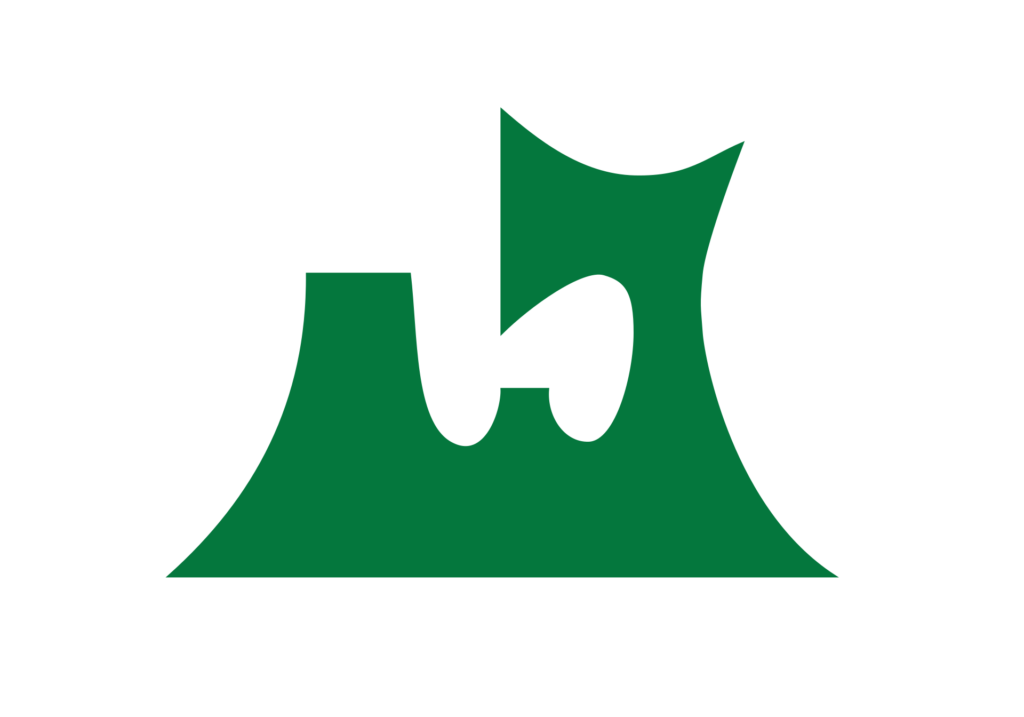
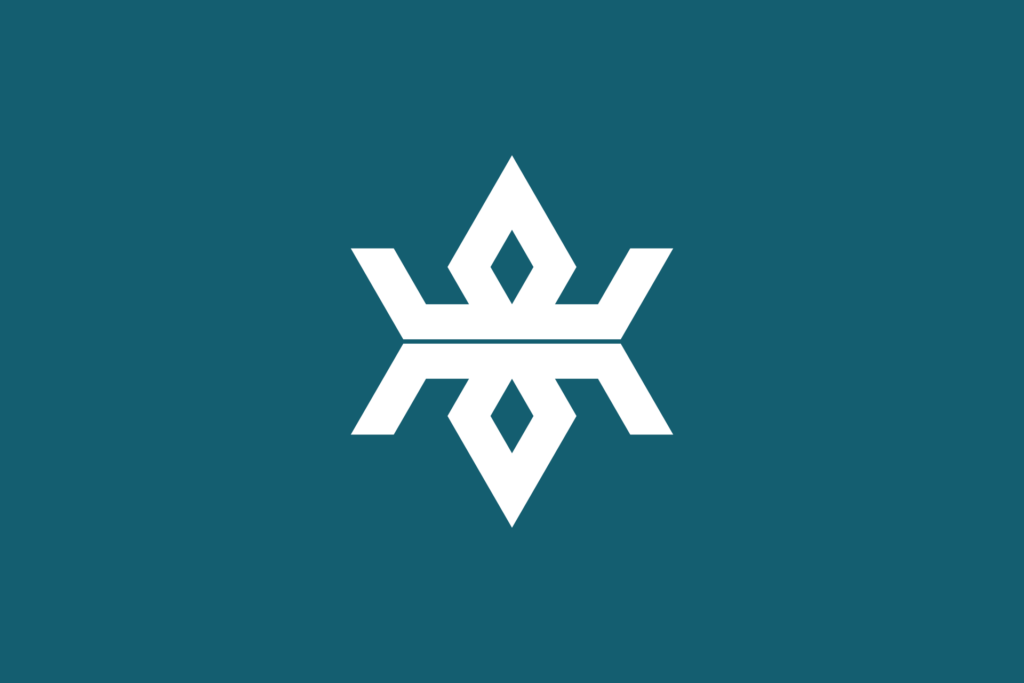
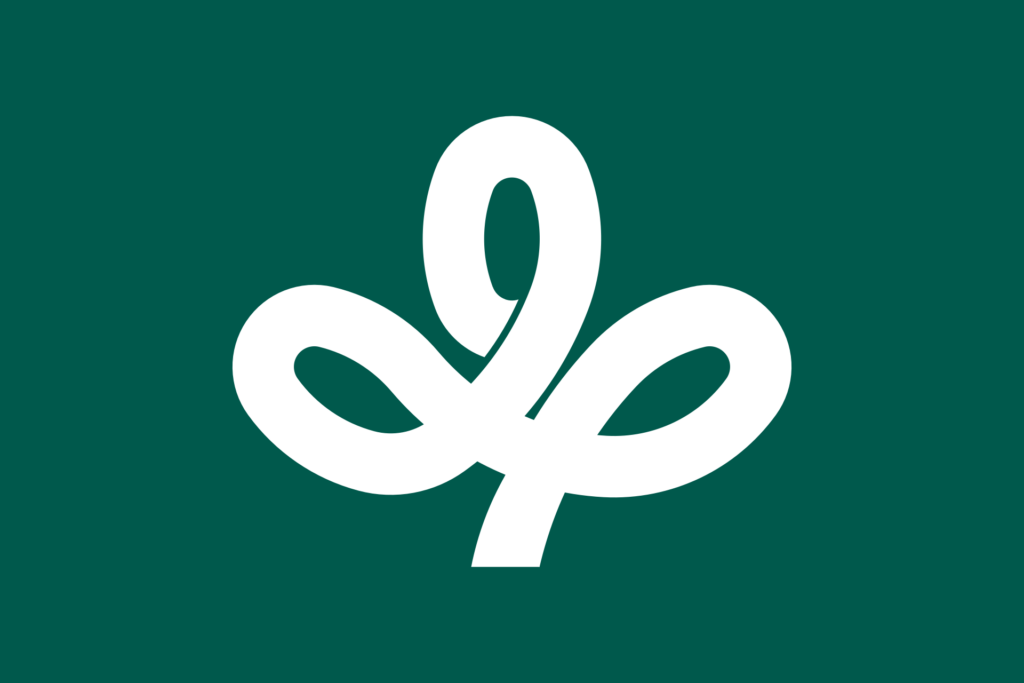
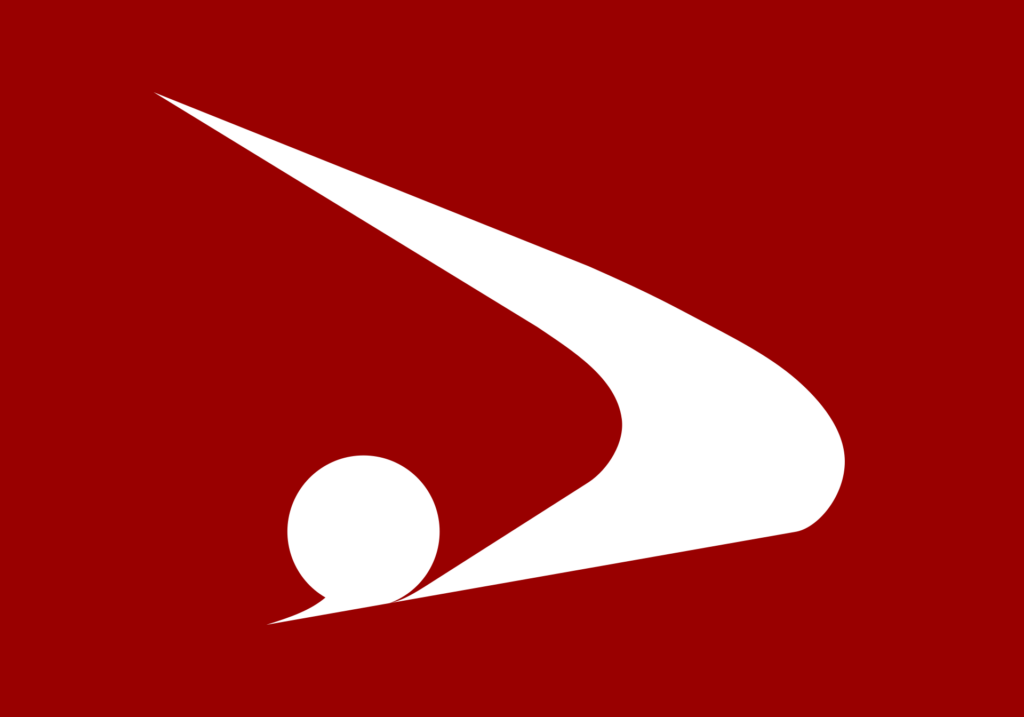

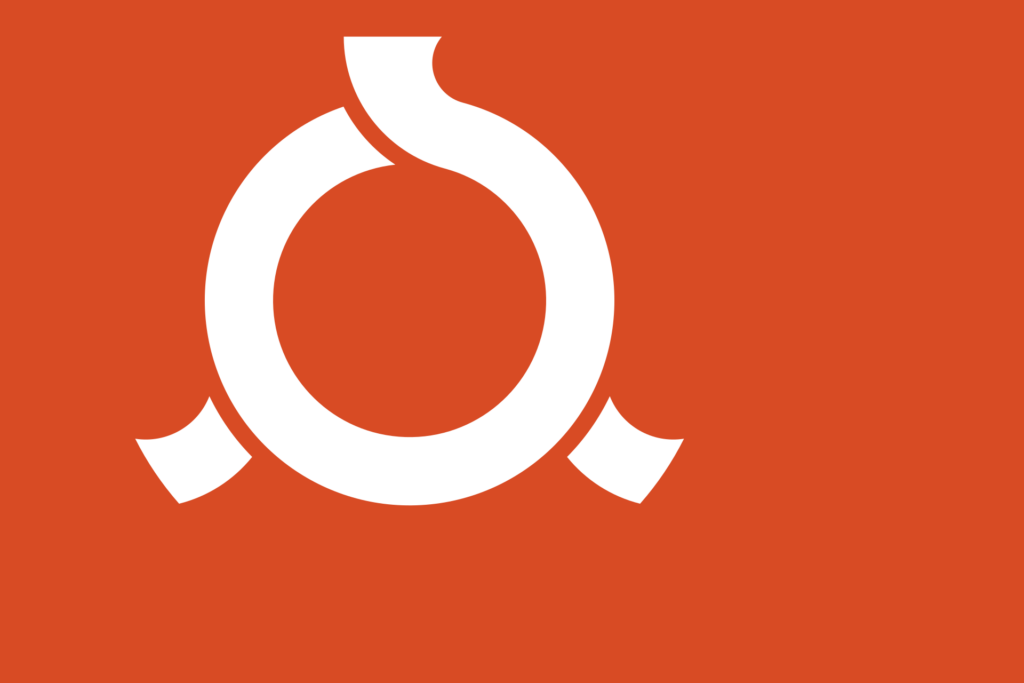
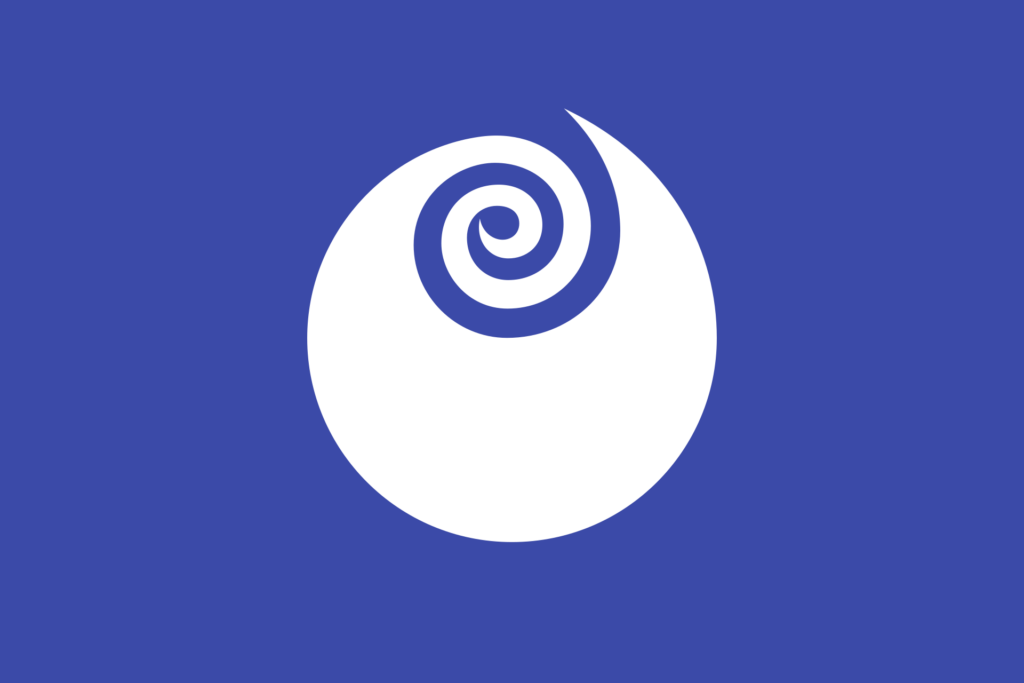
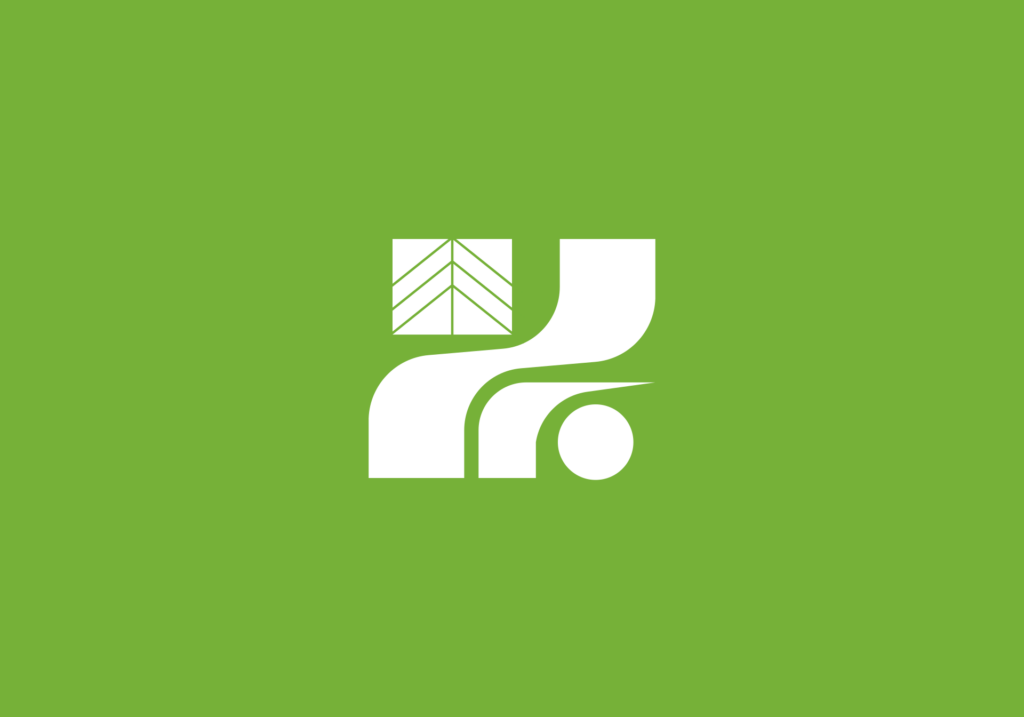
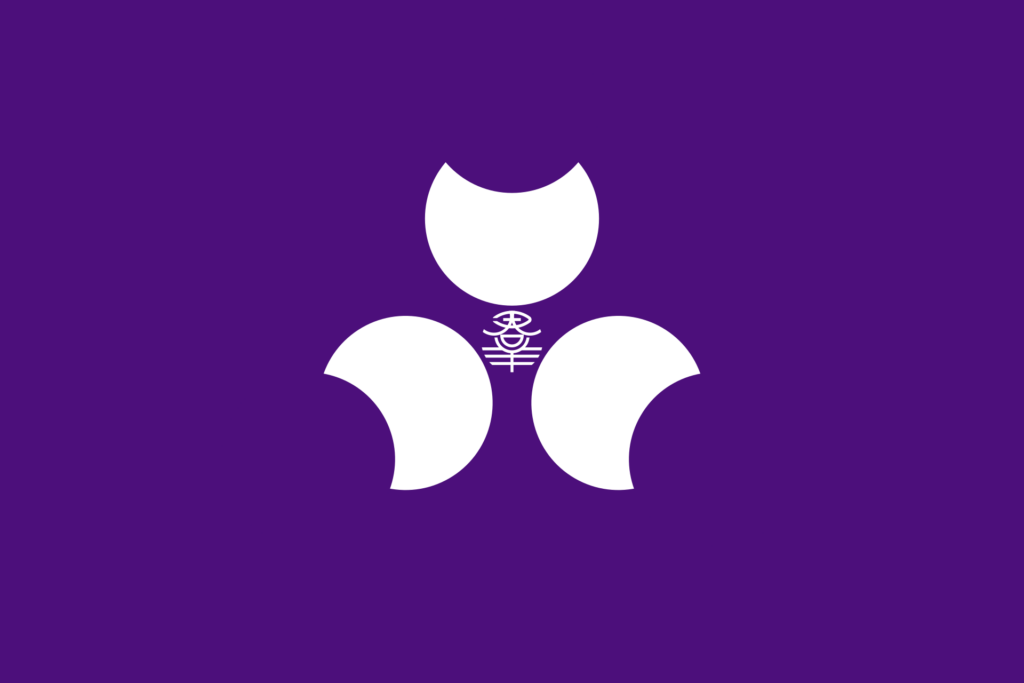

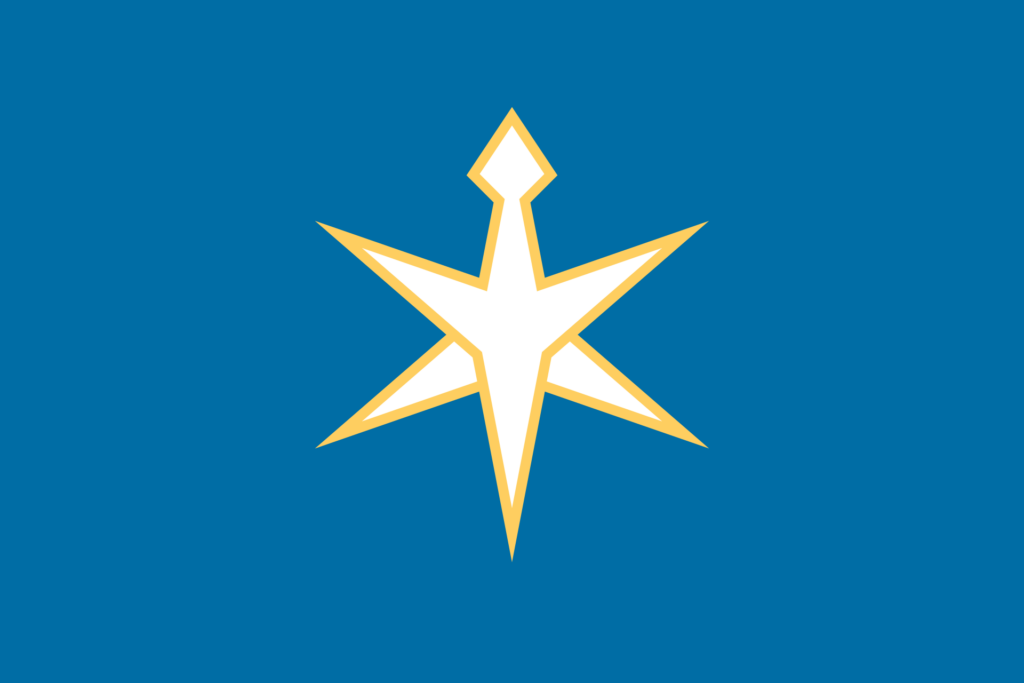

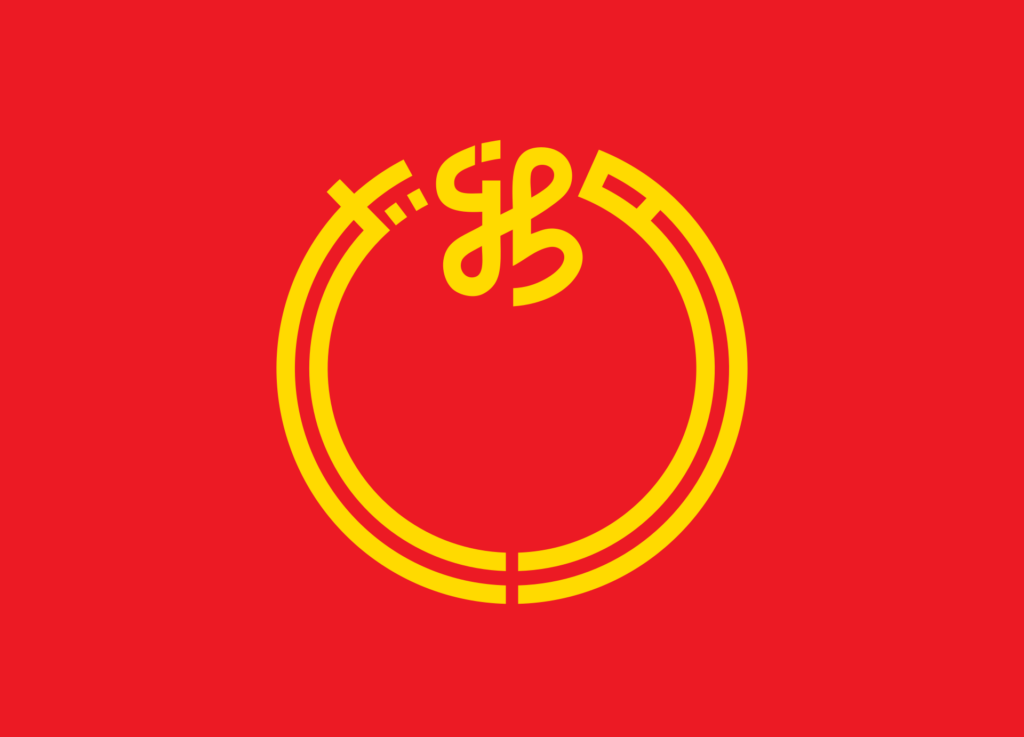
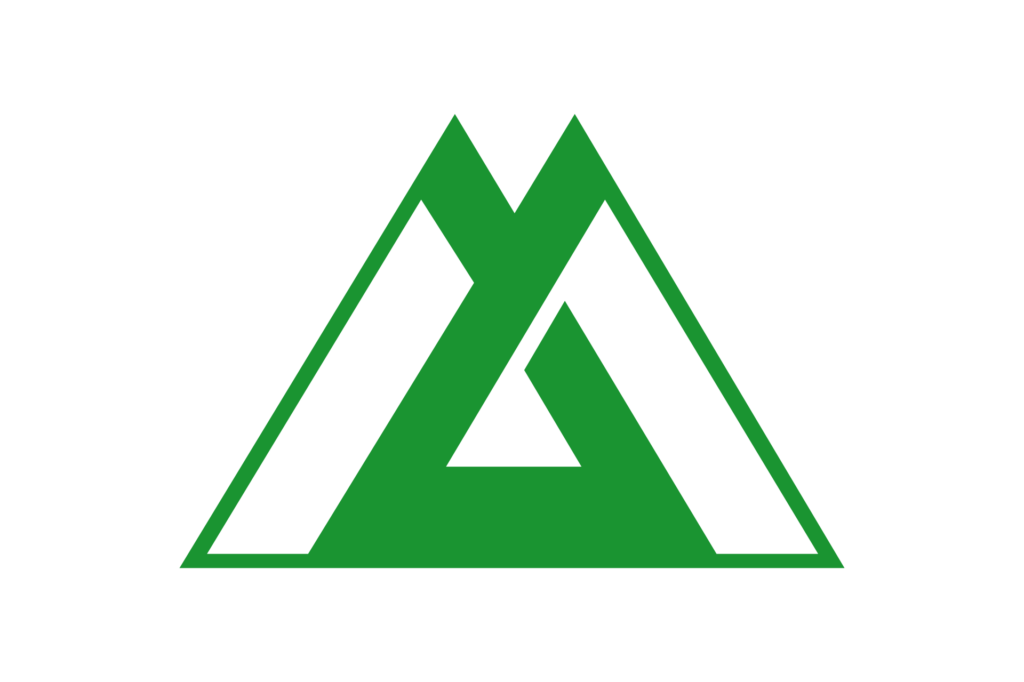
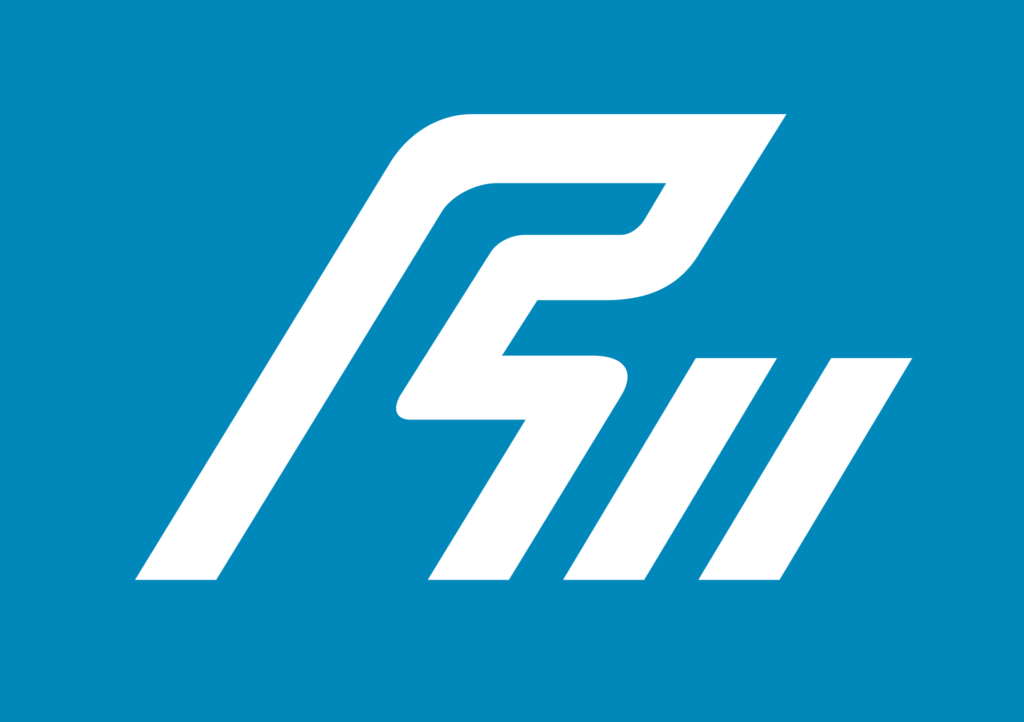
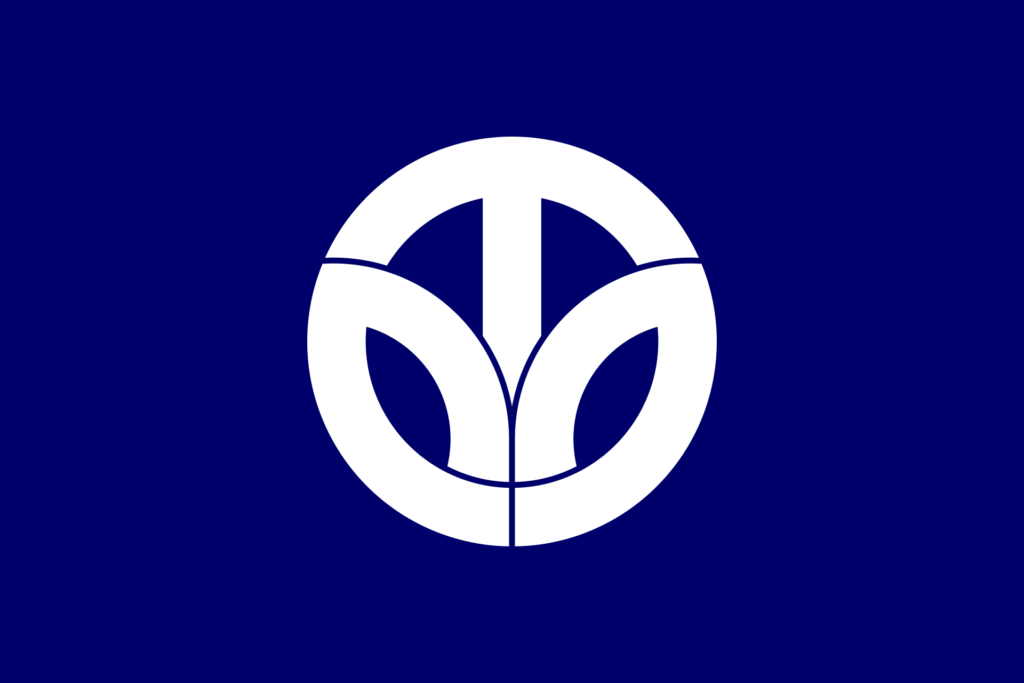
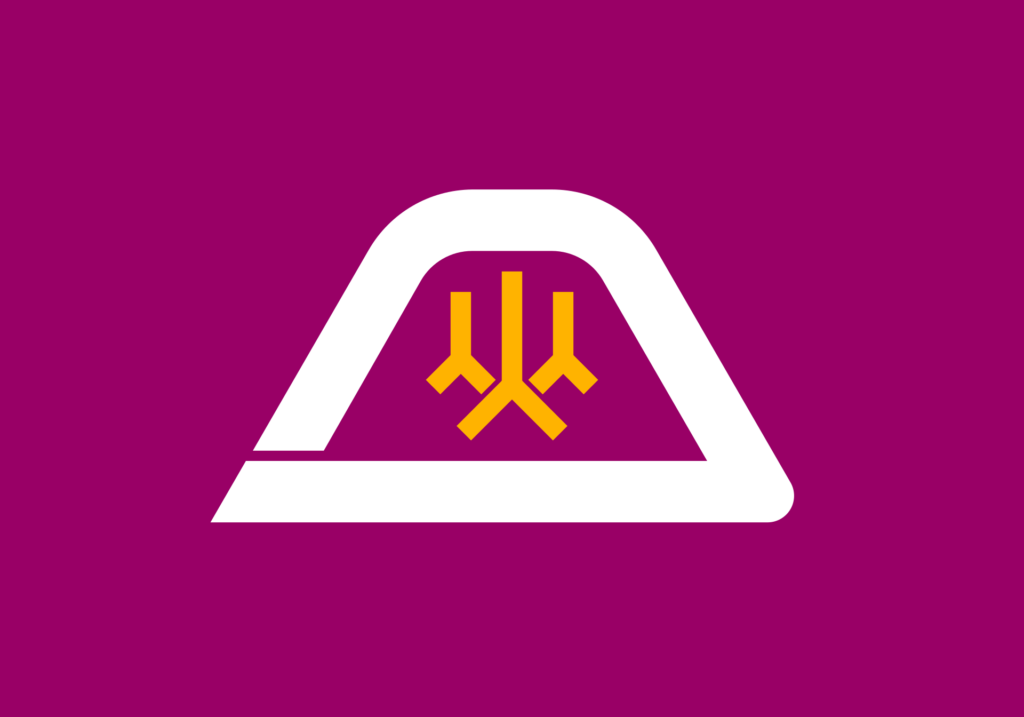
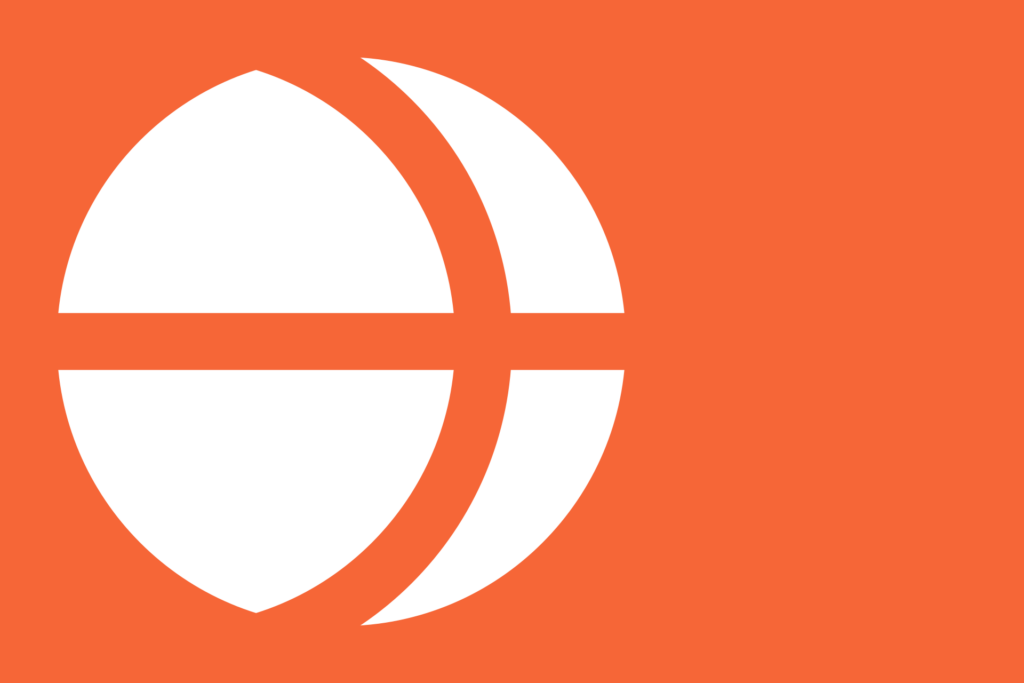
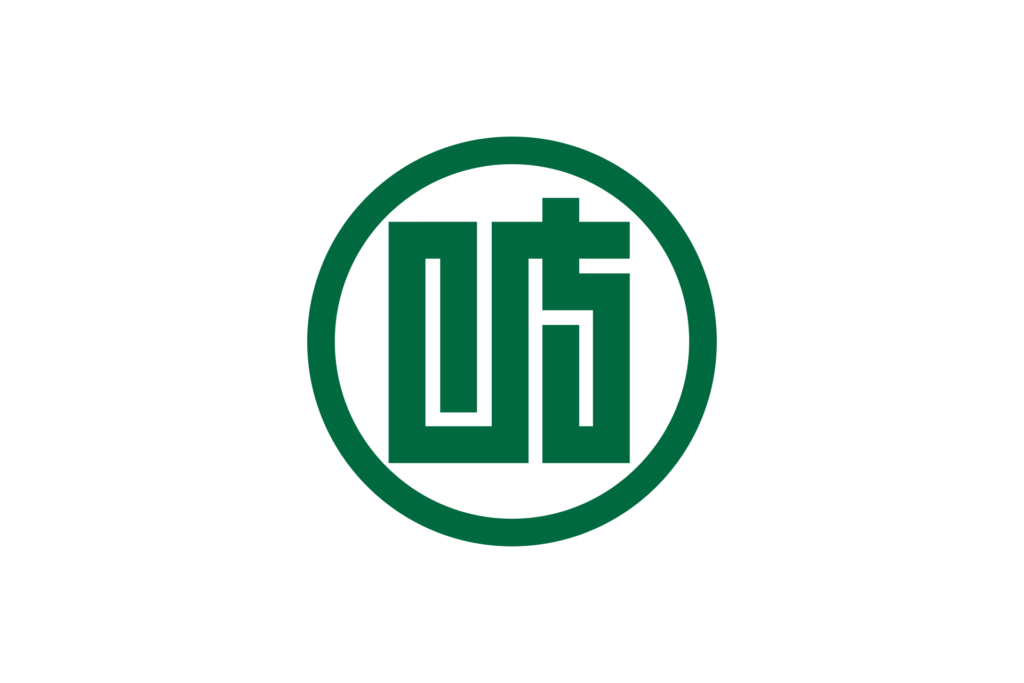
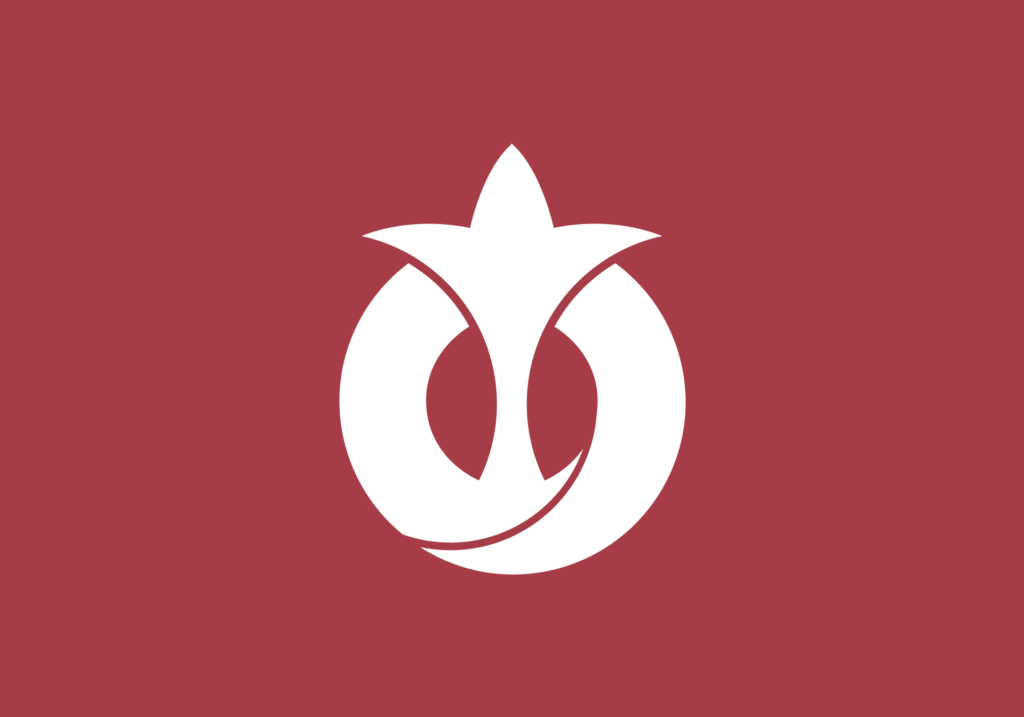
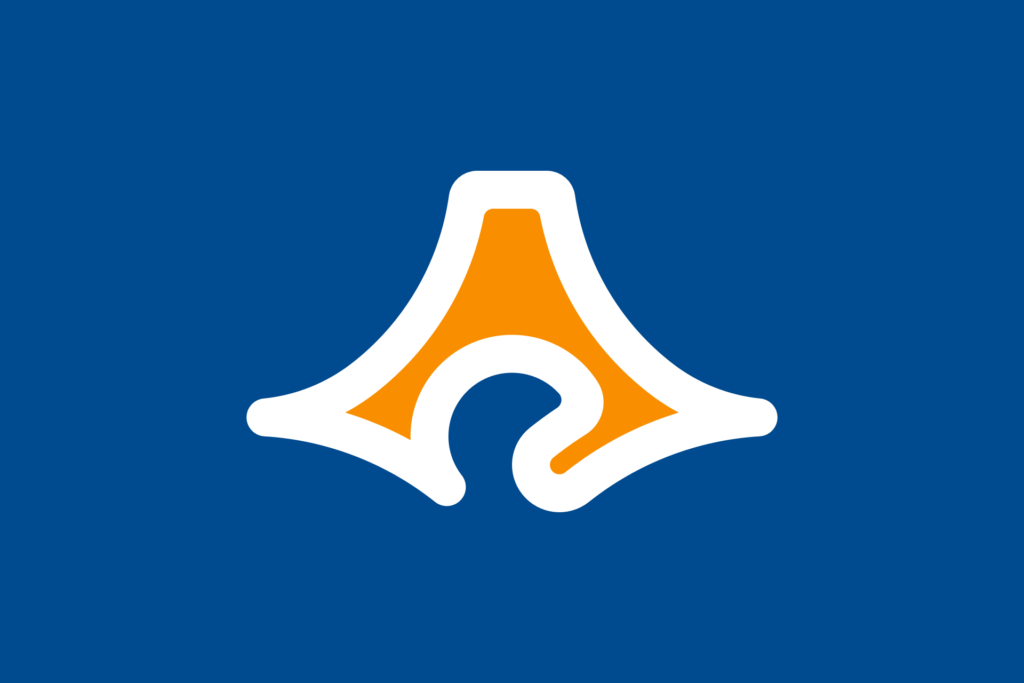
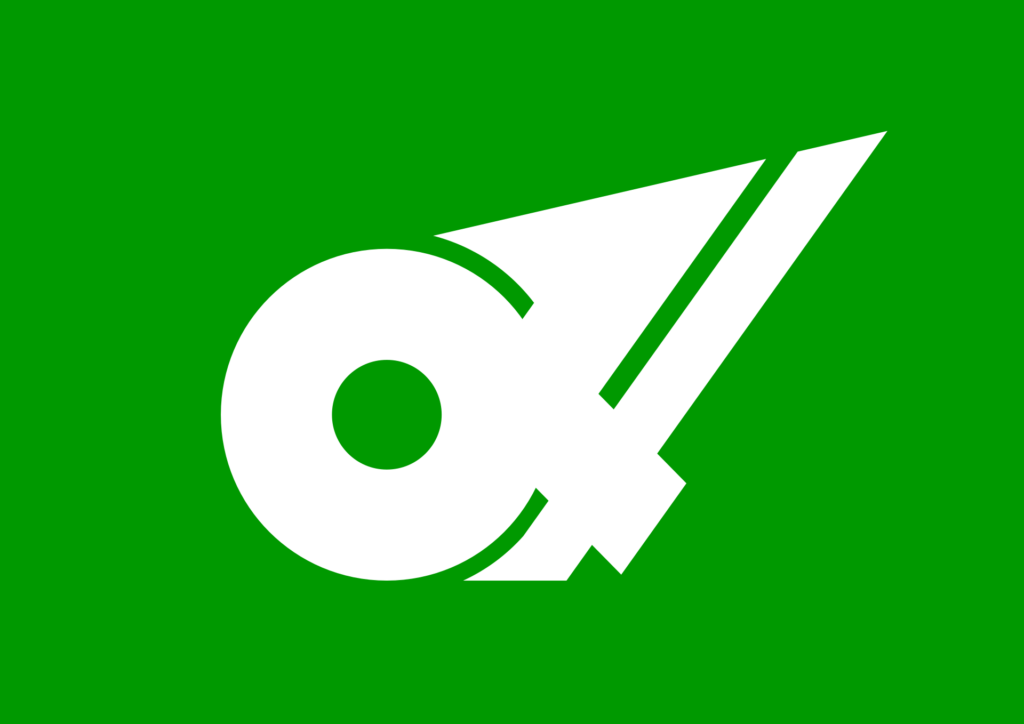
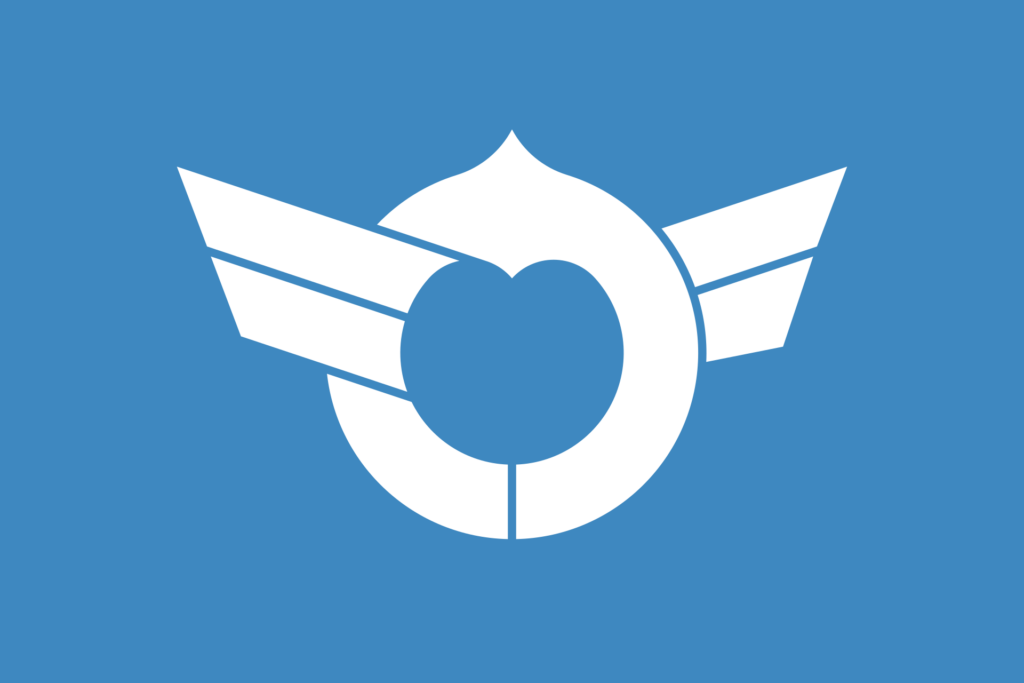


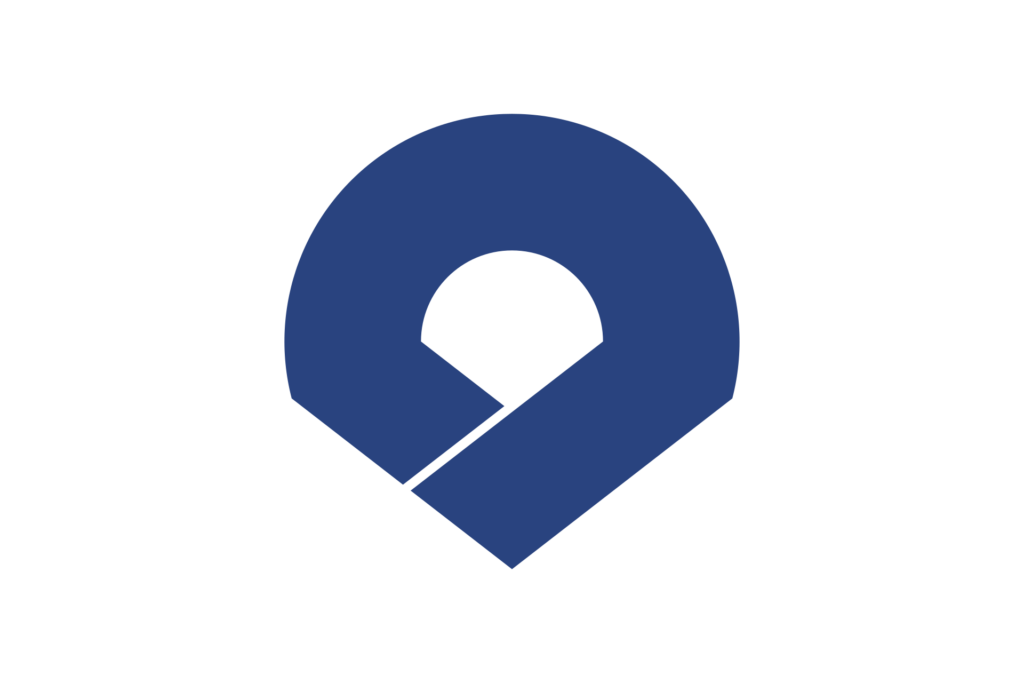
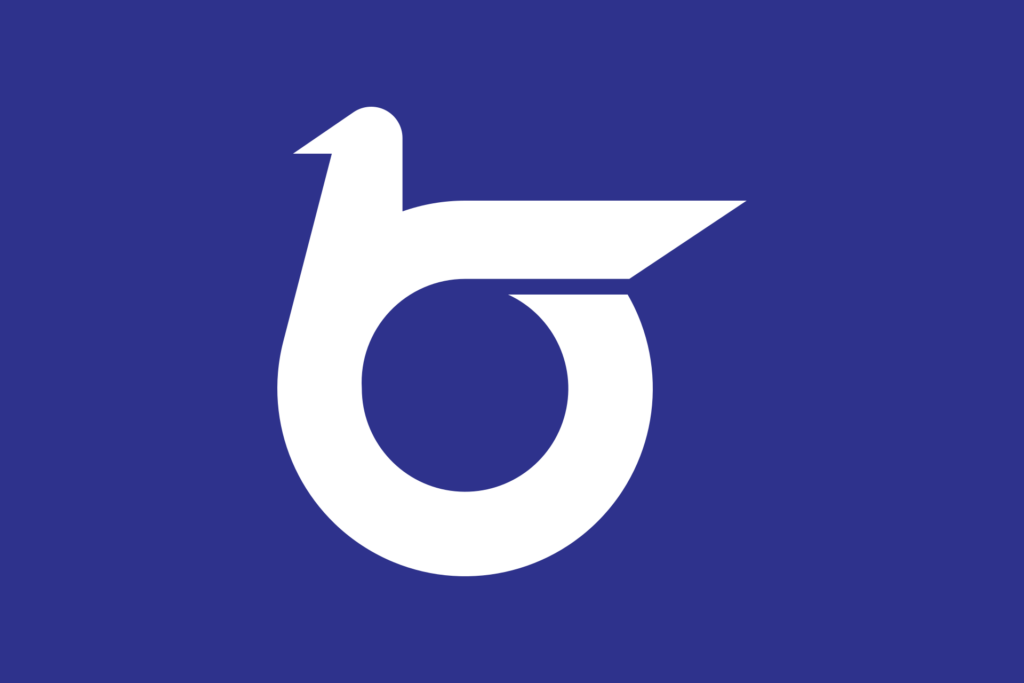
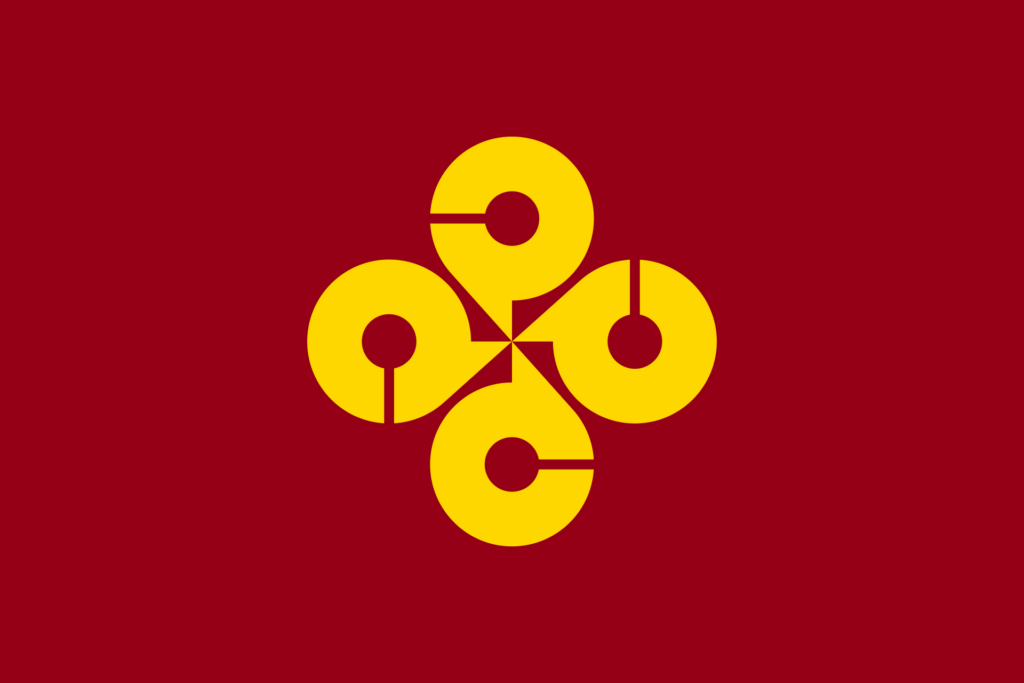
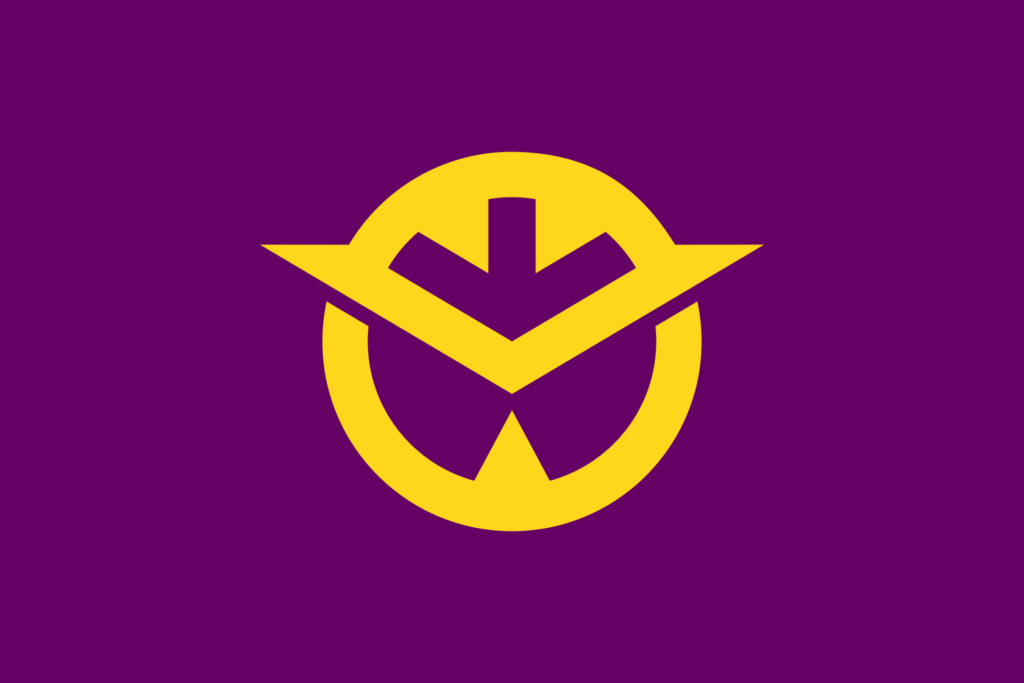
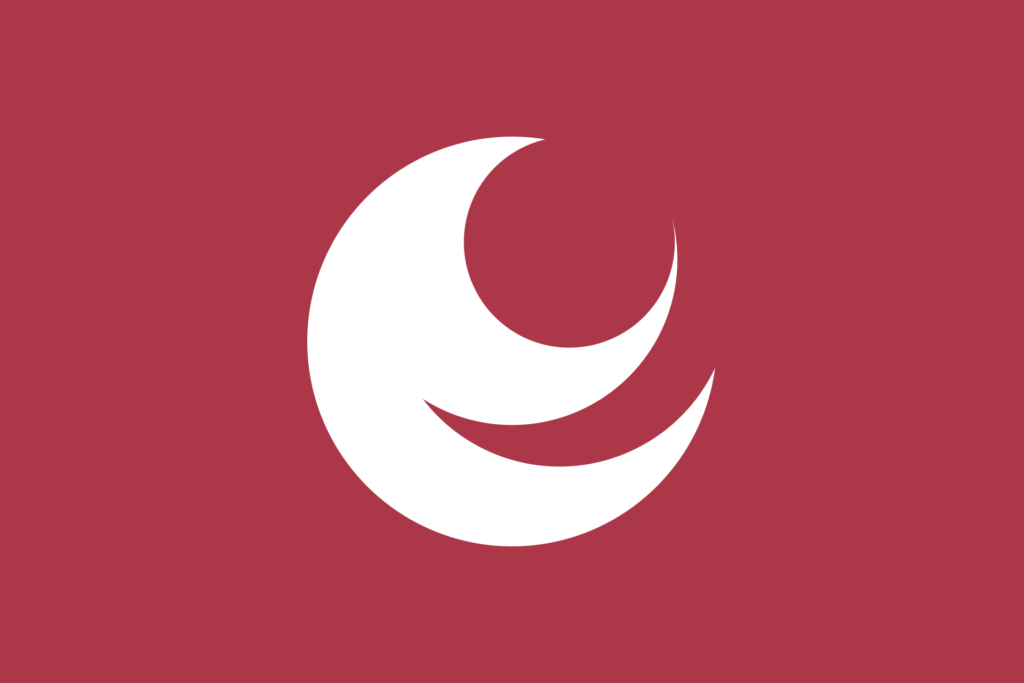
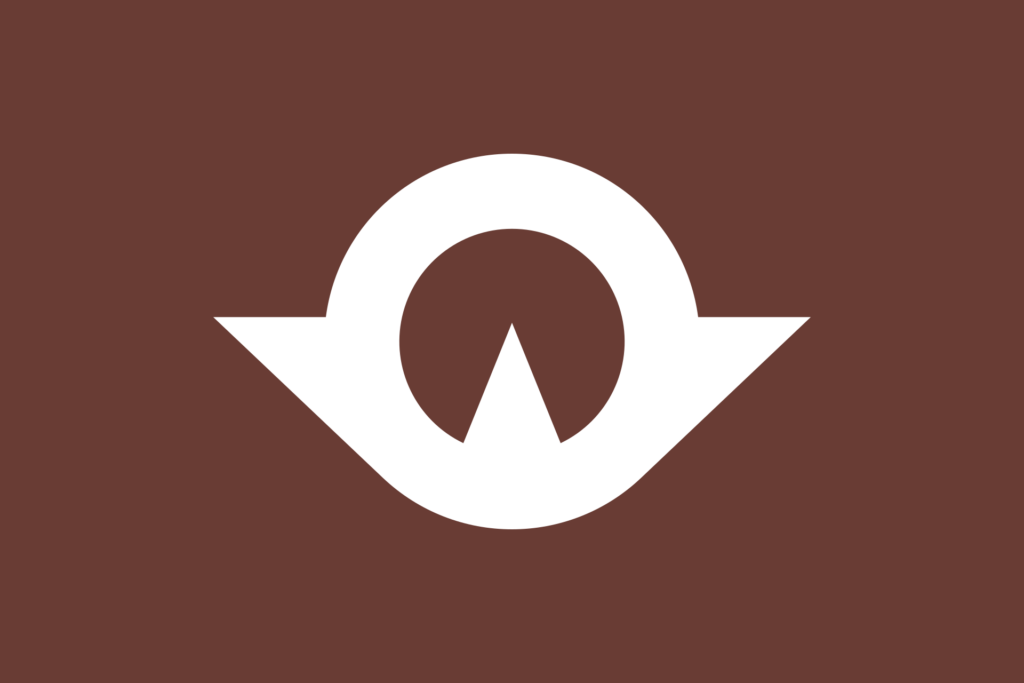
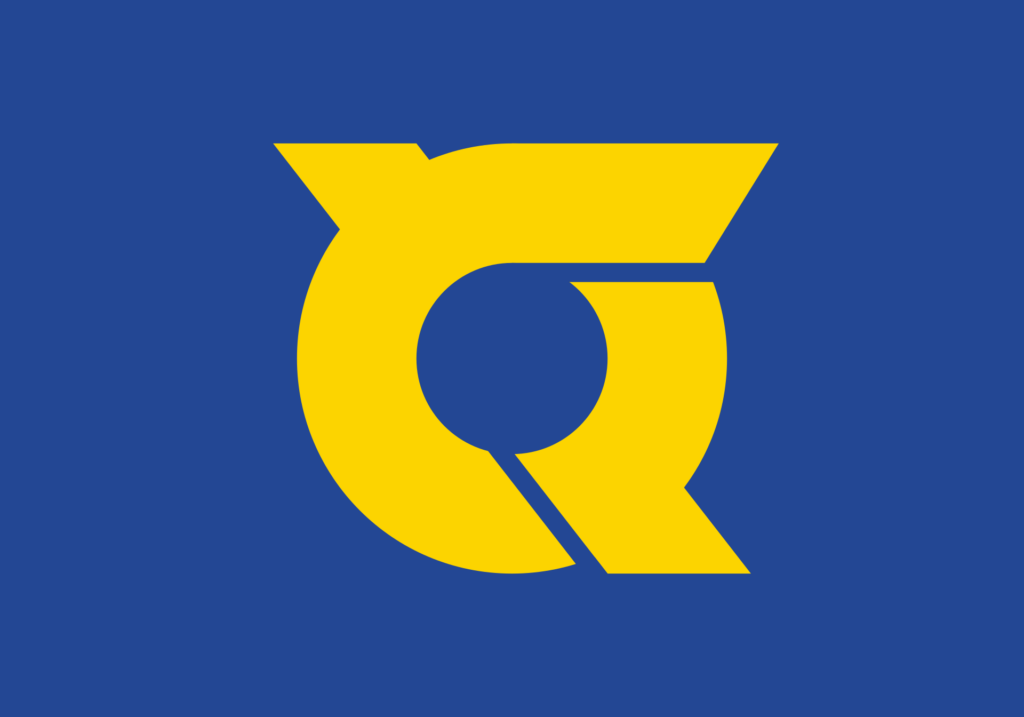
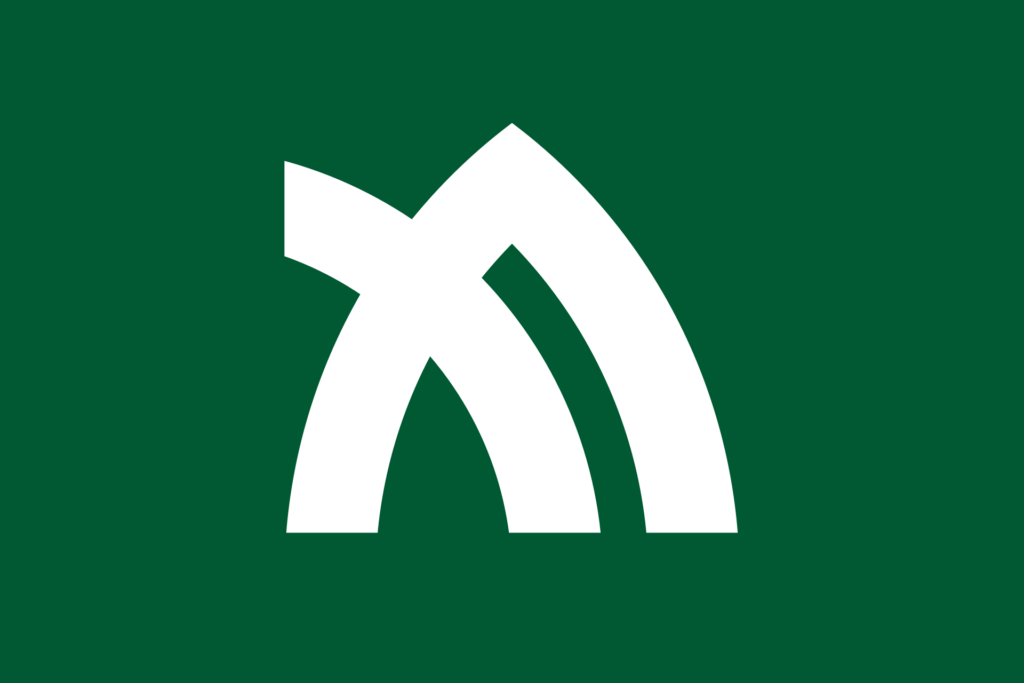
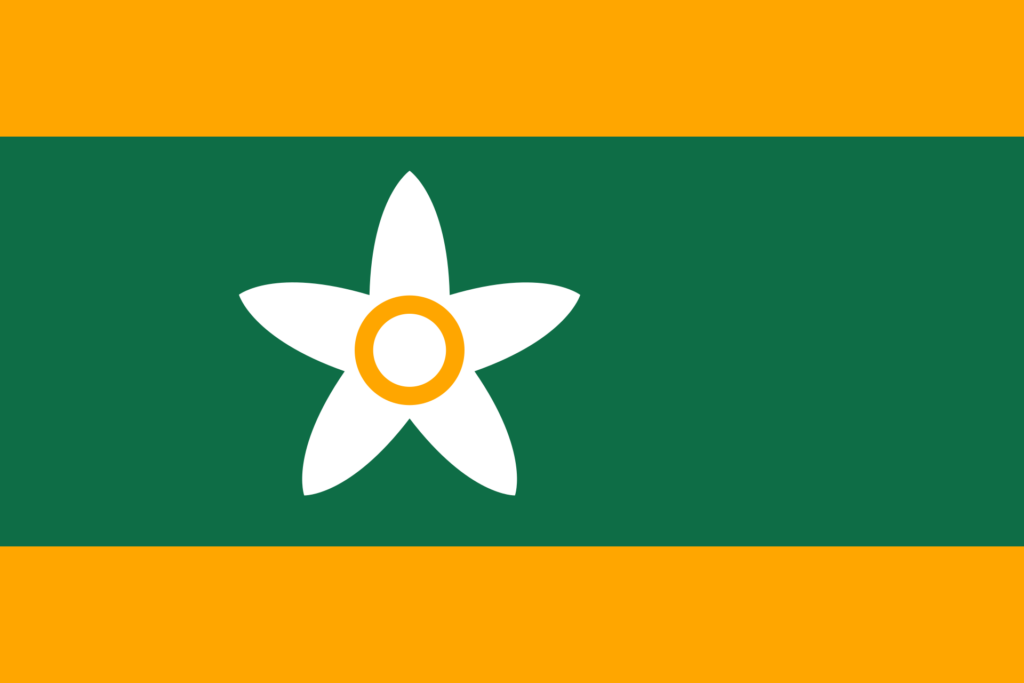
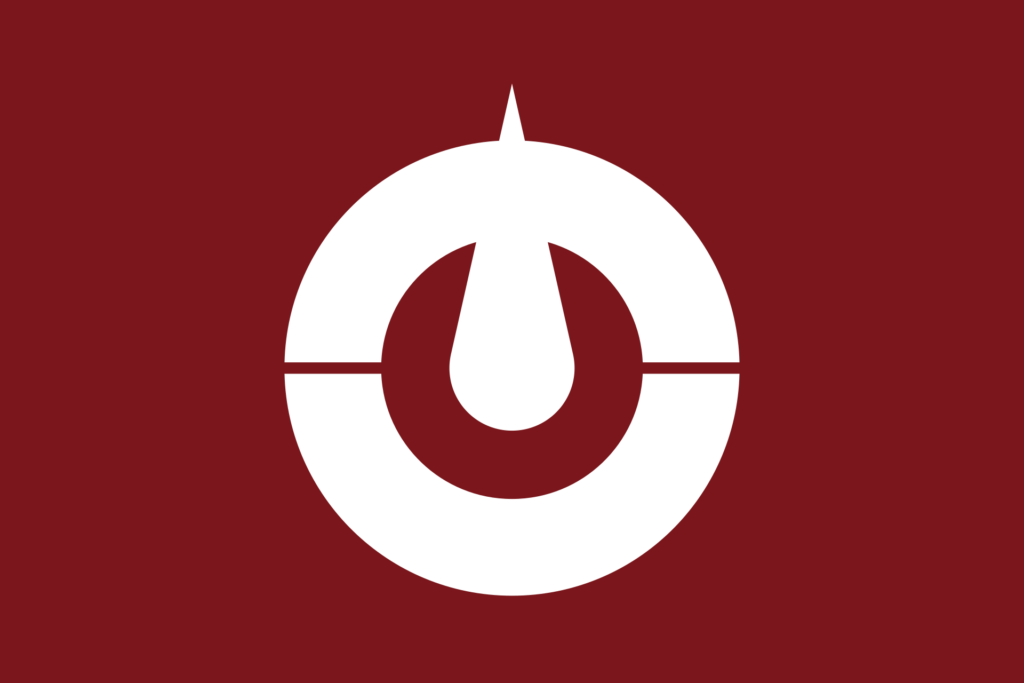
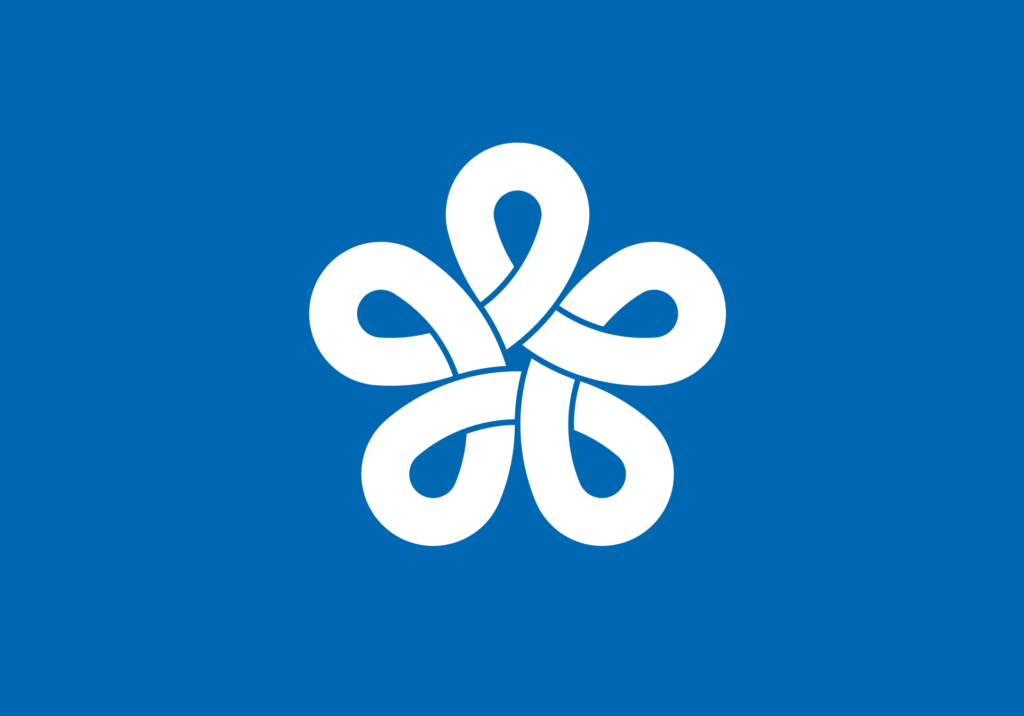
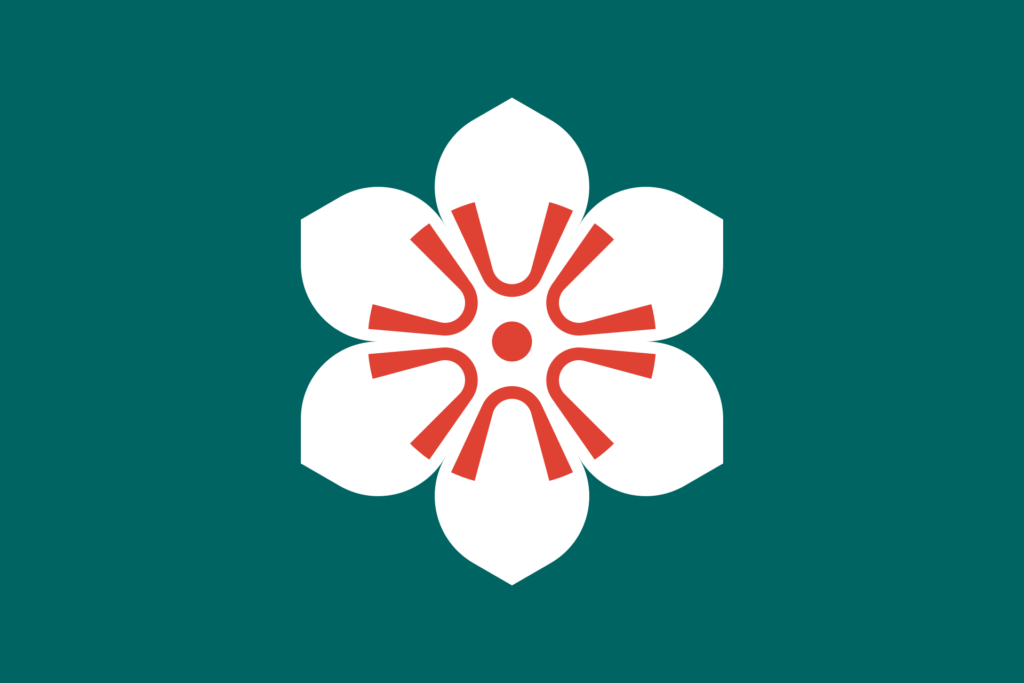
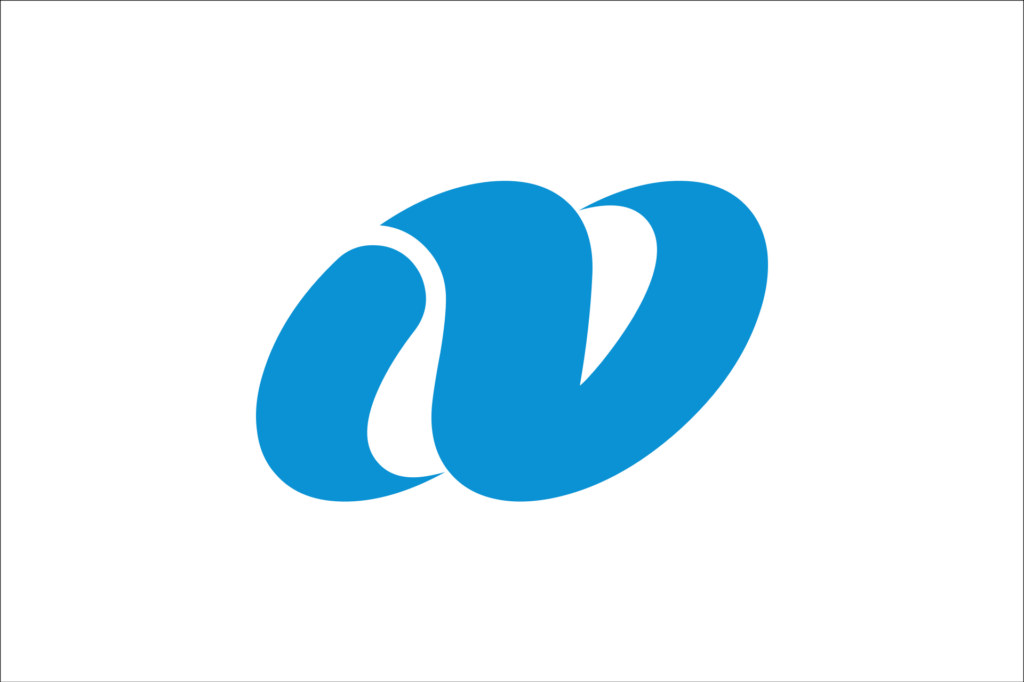

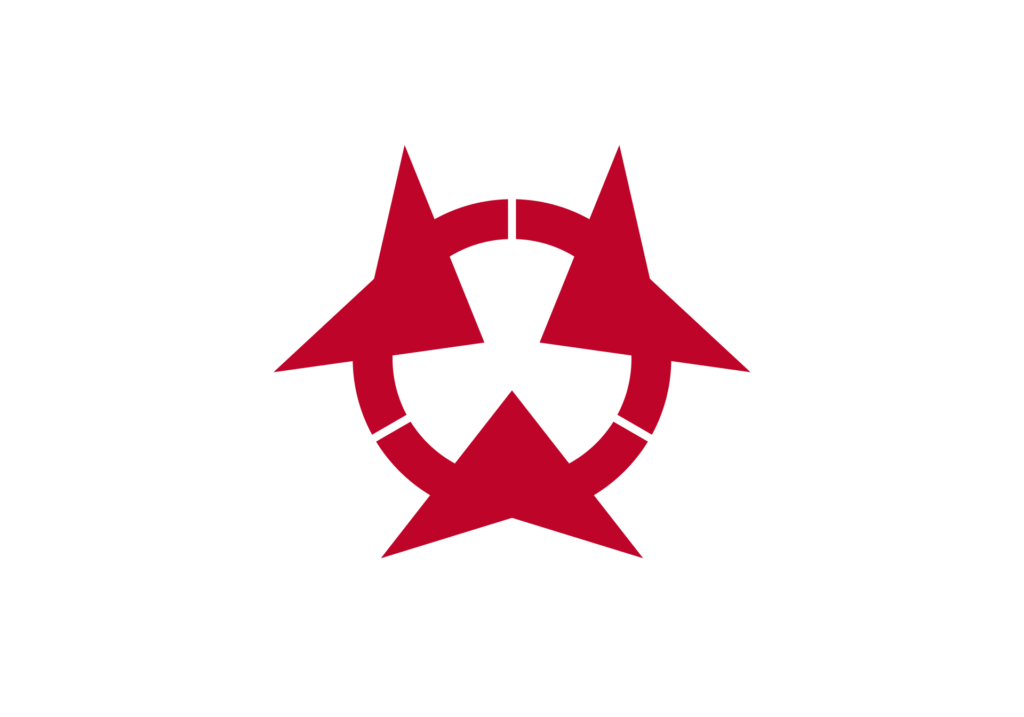
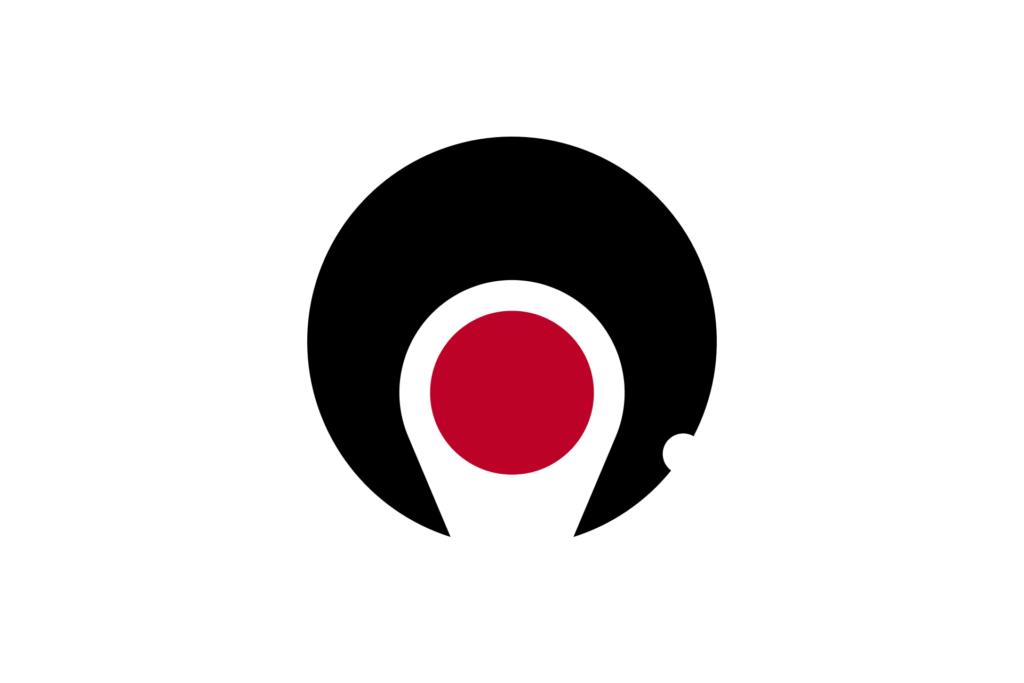
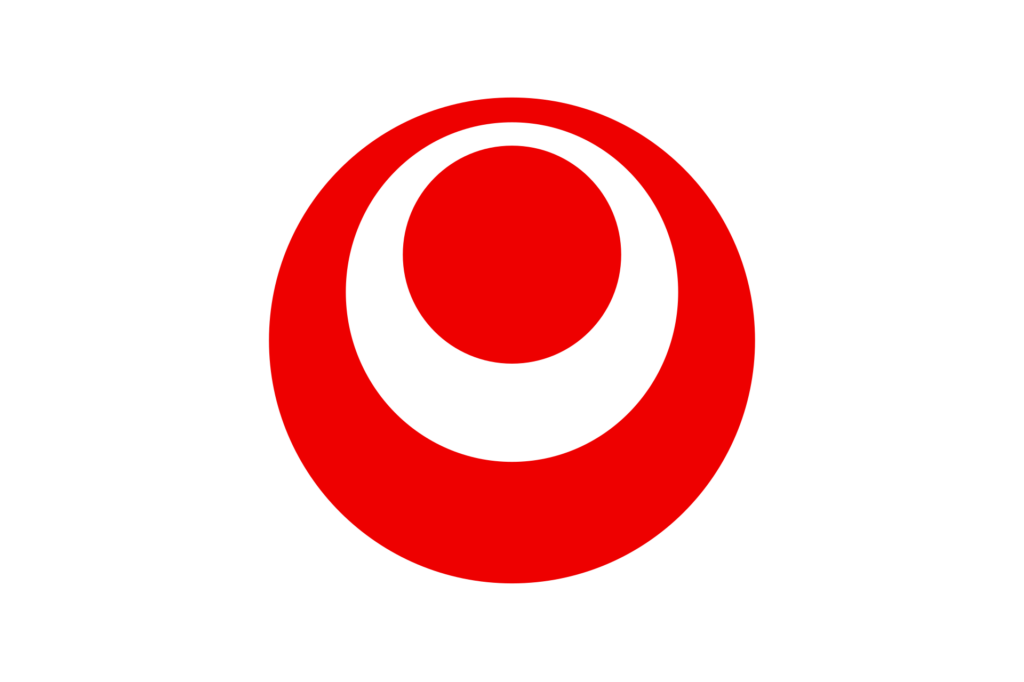
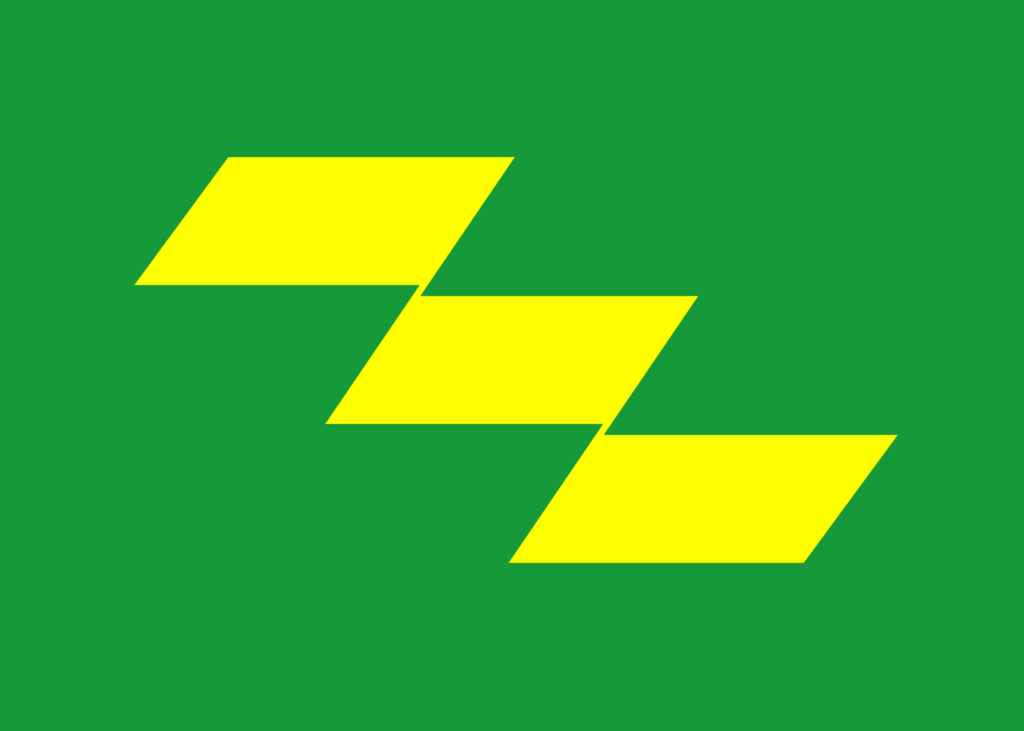
And now… try to remember them all.:)
-mj-